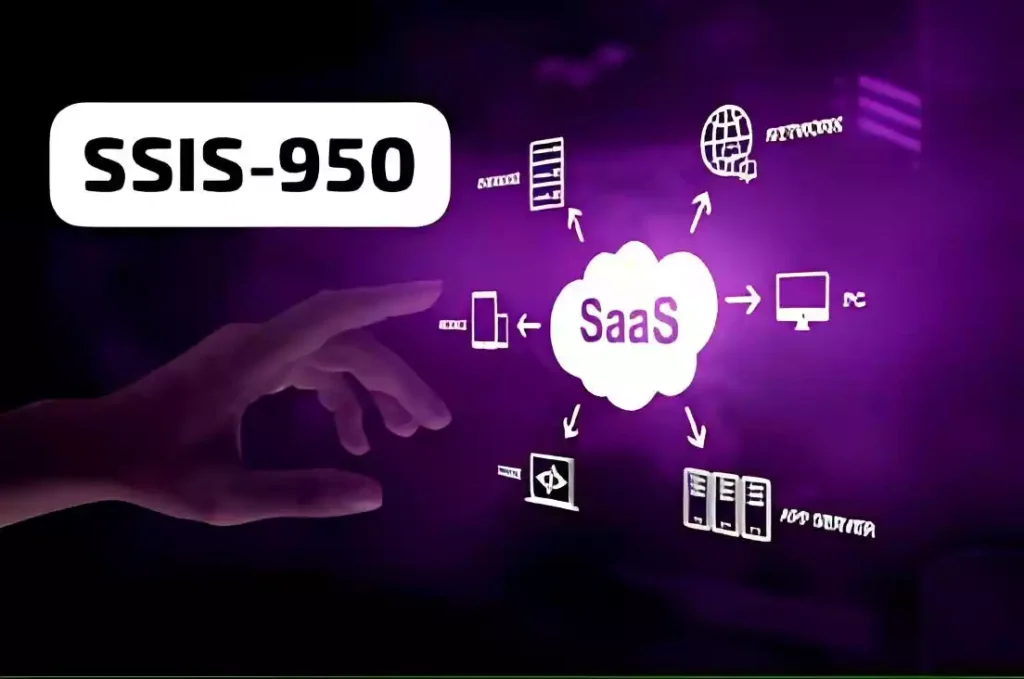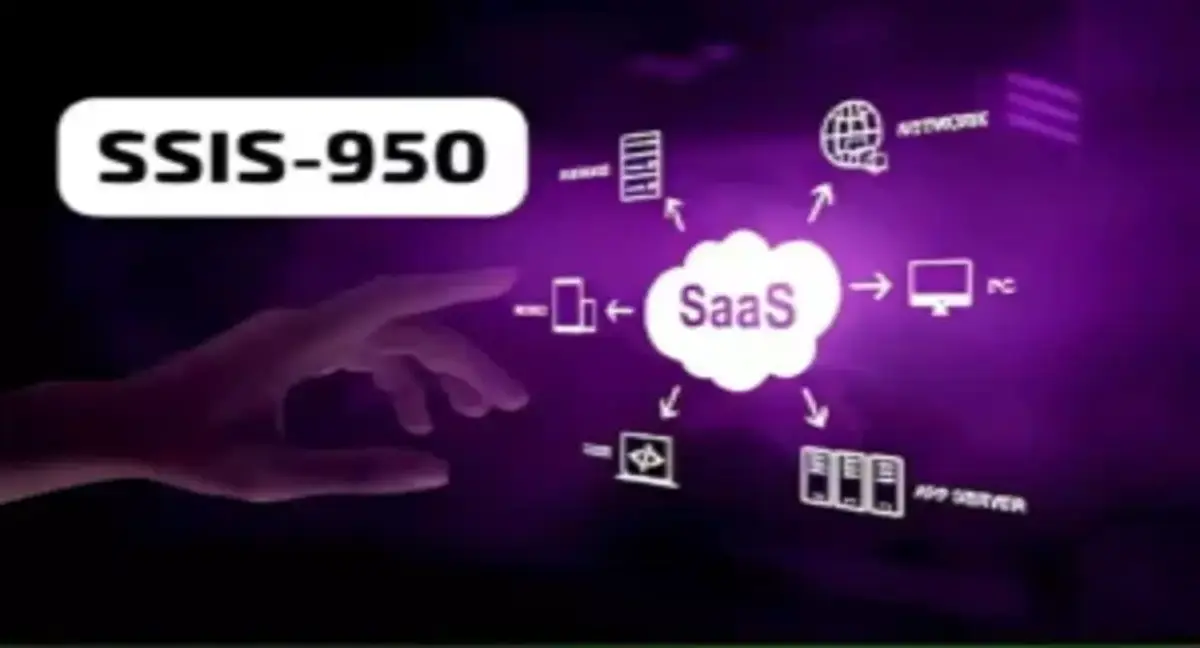Last updated on December 15th, 2024 at 07:31 pm
With SSIS-950, you can streamline your ETL (Extract, Transform, Load) processes, improve data quality, automate workflows, and integrate cloud services—boosting productivity across your entire organization.
In today’s data-driven business landscape, seamless data integration, transformation, and automation are vital for operational efficiency. Microsoft SQL Server Integration Services (SSIS-950) has emerged as a game-changing tool that helps businesses navigate complex data tasks with ease.
This comprehensive guide will explore SSIS-950’s top features, installation steps, real-world applications, and how it can elevate your business’s data management.
1. What is SSIS-950?
SSIS-950 is an advanced version of Microsoft’s SQL Server Integration Services (SSIS) that offers powerful features for data integration, transformation, and automation. SSIS-950 helps businesses extract data from various sources, clean and transform it into a usable format, and load it into data warehouses, cloud platforms, or other storage systems.
With its support for a broad range of data sources, including traditional databases, cloud services, flat files, and even APIs, SSIS-950 enables organizations to automate complex workflows and enhance decision-making with timely and accurate data.

2. Key Features of SSIS-950
Enhanced Cloud Connectivity
One of the standout features of SSIS-950 is its seamless integration with cloud platforms such as Microsoft Azure, Amazon Web Services (AWS), and Google Cloud. Businesses today operate in hybrid environments, where data resides both on-premises and in the cloud. SSIS-950 allows for smooth data transfer between on-premise databases and cloud platforms, facilitating a more holistic approach to data management.
This cloud connectivity helps businesses scale operations without worrying about the complexities of moving and storing data across multiple systems.
Advanced-Data Transformation Capabilities
SSIS-950 empowers businesses with robust data transformation capabilities. This includes powerful tools for:
- Data Cleansing: Automatically remove duplicates, nulls, and errors from data sets.
- Data Filtering and Aggregation: Filter out irrelevant data and aggregate values as needed for reporting and analytics.
- Text Mining and Pattern Matching: Perform advanced data validation, pattern recognition, and text mining to ensure data consistency and quality.
With these capabilities, SSIS-950 ensures that your data is standardized and ready for analysis, regardless of the original format or source.
Automation and Error Handling
Automation is at the core of SSIS-950. Businesses can schedule ETL jobs, reducing the need for manual intervention and ensuring that critical data tasks are executed on time. The SQL Server Agent allows you to set up automated workflows based on time schedules or triggers.
Moreover, SSIS-950 offers advanced error-handling features, such as automatic logging, error detection, and real-time debugging. This ensures that issues are identified early and resolved quickly, keeping your data workflows smooth and uninterrupted.
3. The ETL Process: How SSIS-950 Works
SSIS-950’s ETL process consists of three key stages: Extract, Transform, and Load. Here’s how it works:
Step 1: Extract Data from Multiple Sources
The initial phase of the ETL process is data extraction. SSIS-950 supports a wide range of data sources, from traditional SQL Server and Oracle databases to cloud storage systems like Microsoft Azure and AWS, flat files (e.g., CSV, Excel), and even APIs.
Once configured, SSIS-950 can automatically extract data from these diverse sources, ensuring that your data pipelines are both flexible and scalable.
Step 2: Transform Data for Analysis
Following data extraction, SSIS-950 carries out intricate data transformations.. This step involves cleaning, filtering, aggregating, and restructuring data to meet business needs. For example, if your data is from different regions and uses different date formats, SSIS-950 can standardize the format before it’s loaded into a data warehouse.
These transformations ensure that the data is accurate, consistent, and structured for effective analysis and reporting.
Step 3: Load Data into Destination Systems
Finally, SSIS-950 loads the transformed data into its target destination. This could be a traditional SQL Server database, cloud storage (Azure, AWS), or even a flat file like CSV or JSON.
This flexibility allows businesses to choose the best storage solution for their data, ensuring scalability and performance as data grows.
4. Installing and Configuring SSIS-950
Getting started with SSIS-950 is straightforward if you follow the right steps. Here’s a concise summary of the installation procedure:
Prerequisites for SSIS-950
Prior to starting, verify that your system fulfills the following requirements:
- A supported version of Microsoft SQL Server (typically SQL Server 2019 or later).
- SQL Server Data Tools (SSDT) for package design and deployment.
- Proper system configurations and permissions to install and configure the tool.
Installation Process
- Install SQL Server Data Tools (SSDT): SSDT is necessary for creating, deploying, and managing SSIS packages. You can download SSDT directly from Microsoft’s website.
- Configure Connection Managers: After installation, configure connection managers to link SSIS-950 with your data sources, whether they’re on-premises, cloud-based, or a mix of both.
- Deploy SSIS Packages: Once your environment is set up, create SSIS packages for specific data workflows, and deploy them to your SQL Server environment for execution.
5. Benefits of Using SSIS-950 for Your Business
Improved Data Quality and Consistency
SSIS-950’s data transformation tools help clean, validate, and standardize data, ensuring it is of the highest quality before it is used for reporting and analysis.
This leads to improved decision-making and more precise insights.
Reduced Manual Work and Increased Efficiency
With SSIS-950, businesses can automate many of their data processing tasks, significantly reducing the need for manual intervention. The tool’s scheduling features ensure that data workflows run on time, enabling more efficient use of resources.
Scalability for Large Datasets
SSIS-950 is built to handle large datasets with ease, making it ideal for businesses that need to process large volumes of data regularly. Its performance optimization tools ensure fast processing without compromising on accuracy or speed.
Real-Time Data Integration
For companies that need immediate data synchronization, SSIS-950 facilitates real-time data integration by linking with data sources instantly. This is crucial for companies that need up-to-the-minute information to stay competitive.
6. Why SSIS-950 is Essential for Your Business
In a world where data is king, SSIS-950 is a must-have tool for businesses looking to gain a competitive edge. Whether you are managing large datasets, automating ETL processes, or integrating cloud-based services, SSIS-950 provides the tools needed to succeed.
Its powerful features, ease of use, and integration capabilities make it indispensable for businesses that rely on data for decision-making, analysis, and reporting.
FAQs
1. How can SSIS-950 improve data management for my business?
SSIS-950 automates ETL tasks, ensuring data flows seamlessly between systems while improving data accuracy and consistency.
2. What cloud platforms does SSIS-950 integrate with?
SSIS-950 integrates with major cloud platforms, including Microsoft Azure, AWS, and Google Cloud, allowing businesses to manage data across hybrid environments.
3. Can SSIS-950 be used for real-time data integration?
Yes, SSIS-950 supports real-time data integration, ensuring your business operates with the most up-to-date data available.
4. How does SSIS-950 handle large datasets?
SSIS-950 is optimized for performance, allowing it to process large volumes of data quickly and efficiently.
7. Conclusion
SSIS-950 is an indispensable tool for businesses that want to unlock the full potential of their data. With its powerful cloud integration, advanced data transformation capabilities, and automation features, SSIS-950 enables organizations to streamline their data workflows and make more informed decisions.
By adopting SSIS-950, businesses can improve data quality, reduce manual efforts, and ensure efficient, scalable data management.






